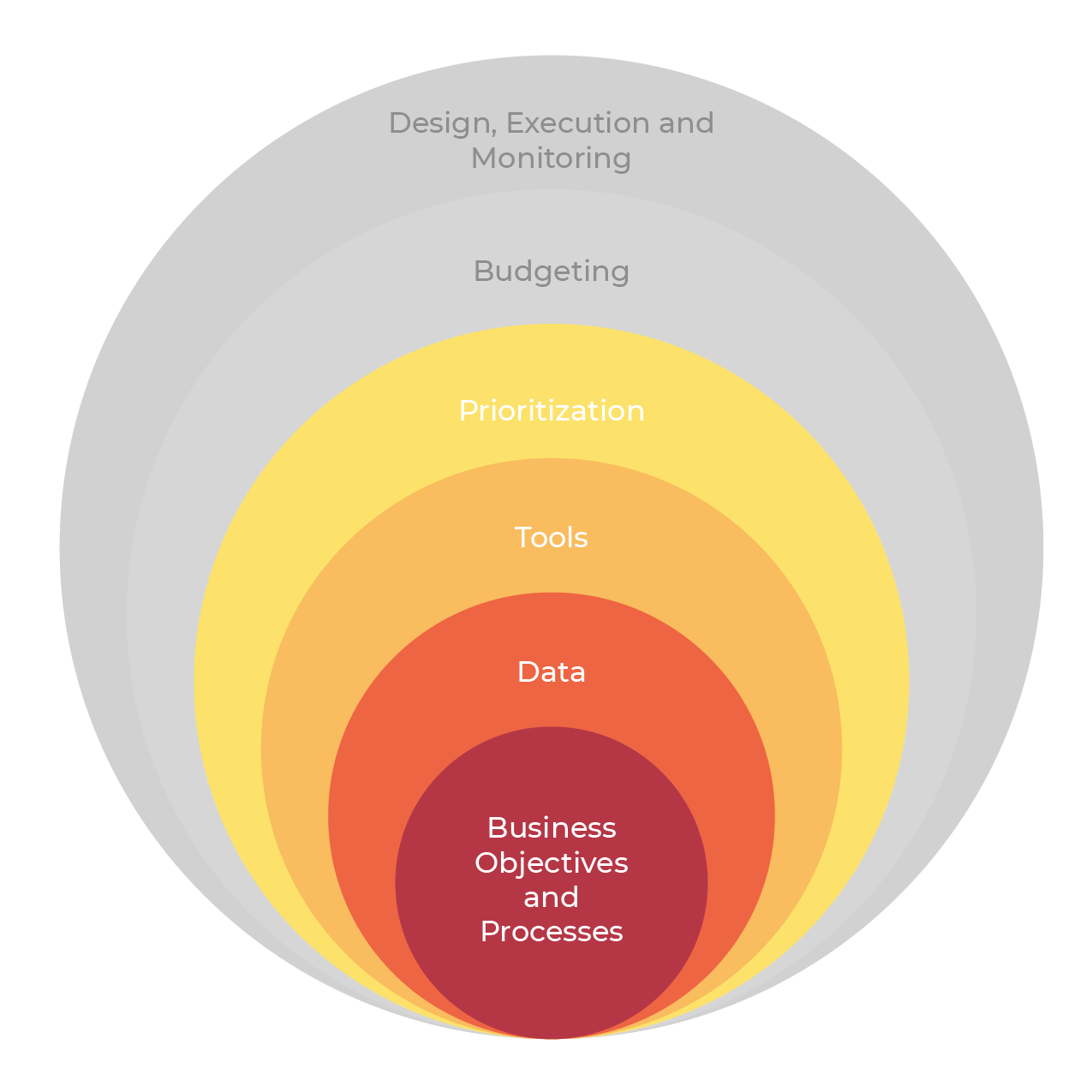Going from a “list of needs” provided in an engineering report (i.e., a condition assessment, energy audit or accessibility assessment) to a prioritized multiyear capital plan can be a complex challenge. There are many competing factors that are vying for limited capital dollars. Therefore, having a clear and easy-to-understand method of prioritization is critical. It is equally important to remember that prioritization is not about making the decisions, it is about supporting the decisions.
Our clients are generally looking to a system that will allow them to simply rank-order their needs so they can go as far down the list as their budget will take them. The problem is that there are often (if not always) non-technical reasons that capital renewal decisions are made as part of an annual capital plan. Oftentimes, these issues are made based on political or business issues (e.g. we hired a new professor and they need a new lab, we are moving the police services into our current recreation center building, etc.).
Projects that are driven by business decisions, as opposed being based on capital renewal needs, are often the first projects to get prioritized. Even though these projects are driven by non-renewal factors, it is important to capture what elements will be included in the project so the data can be updated.
Additionally, if there are buildings within the portfolio that you may be considering for demolition or disposition, you may not want to spend any money in these buildings, regardless of the priority (excluding Fire and Life Safety issues of course, assuming the building is occupied).
Also of note, decisions to combine multiple needs into projects or programs may result in making decisions to replace element(s) that have a lower priority. This will help to take advantage of economies of scale within a specific building (project) or across your entire portfolio (program such as roofing). For more info on Projects and Programs, click the adjacent links to go to my previous blog posts on the topics.
Next, you should consider including allowances in your annual budget. An allowance is an allocation of budget that is set aside to address issues related to needed spending (e.g. asbestos abatement, painting, plumbing, etc.) where the specific element or building has not yet been decided, or where smaller amounts will be spent to address an issue across multiple buildings. Most of our clients have between three and ten allowances that they include in their annual budgeting process.
Finally, organizations are ready to start to make decisions based on the numerical priority system. This is when you can really start to leverage your MVP or other numerical priority. Once you are mainly or solely focused on DCRM needs, you can start to look at rank ordering what gets included and excluded within your estimated budget.
I don’t know anyone (not even Chat GPT) that has created a calculation or algorithm that can integrate all of the nuances that are considered as part of developing a prioritized multiyear capital plan. There is no “easy button,” at least not yet. In the meantime, we can leverage business goals and objectives to develop numerical priorities that can support decisions but not yet make decisions. That part we have to leave to the people!
As we move to the next layer of the onion, Budgeting, we will explore how you can try to leverage the data, tools and prioritization methods that you have in-place to secure additional funding, or at a minimum, spend the money that you do have much more wisely.




